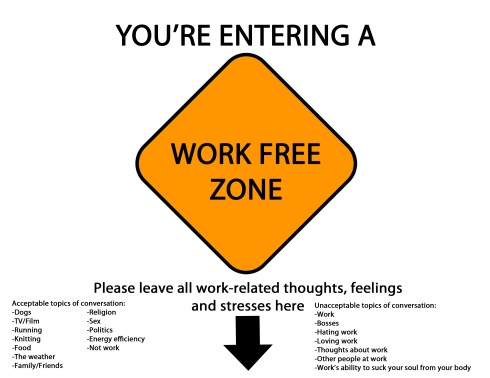Today at work I covered the sentencing hearing of a man convicted in a particularly horrendous case of child molesting. The man kept his cool in court as the judge told him he would be spending the next 70 years in prison. He was quiet, simply burying his face in his hands. It wasn’t until he was out of the courtroom that he let out his anger. On me.
“Get the f***ing camera out of my f***ing face, b****!” He yelled, as I quietly followed him down the hall with my camera. In his defense, I’d probably be pretty annoyed if every time I entered a courtroom I had a camera with a bright light shoved in my face. But something tells me I wasn’t the one he really wanted to scream at.
Lately, this has been happening a lot.
Last week, a Purdue student died in his apartment, found by his roommate. After attempting to talk to several students around his apartment building, I inadvertently found (with the help of my awesome videographer) the roommate, carrying some of his things to his car with his dad. After talking to them for a few minutes, he agreed to do an interview with us.
Imagine my surprise when, days later, a female student who I spoke with for all of 30 seconds sent a scathing email to the entire newsroom about how apparently “rude” and “disrespectful” we were. Our news crew was “one of the most disrespectful news crew I have ever experienced,” she wrote (Here is where the skeptic in me asks, “And how many news crews have you experienced in your life?”).
“Why would you ever think it was right to go to the roommate of someone who just passed away and conduct an interview (no question mark)…I hope you guys can rest well at night with your level of disrespect you have had to our campus and community of those close with [the student],” she said.
It’s moments like these that add insult to injury. I had to ask this student’s roommate, What was it like to come home, knowing you were about to find your friend dead on the couch? The thought that I would enjoy this, would want to discuss and rehash the death of someone barely a year younger than myself, would make me stay up at night.
I know that it’s not days like those that keep me pushing forward with this job. While sometimes tragedy makes for the best backdrop to a compelling story, I’d just as soon live in a world without it. But when it comes up, it is my job to tell that story. I’m just baffled as to what it is about my job that pushes people to find the cruelest part of them and lash out at me.
The harshest moment this week didn’t even directly affect me. Several weeks ago, local police shot a man several times after he stabbed an officer in the face (he later died). Yesterday (my day off), the police chief released the police dash cam video of the incident, along with the 9-1-1 call. In addition to a comparably tame email from the suspect’s brother, one of our producers had to respond to a long, raging phone call with the man’s sister, angry that we decided to air the video on our newscast and our web site.
“We’re his family!” she screamed. “Who are you? You’re no one!” Later, she threatened to come over here and “f*** somebody up.” Apparently when one of my co-workers reminded her that her brother stabbed a cop in the face, she said she didn’t give a f***ing sh** about the f***ing cop. Listening to a partial audio recording of the phone call, half of what this woman said was inaudible. It was impossible not to feel a tidal wave of rage, seemingly directed at us.
When I sit back and really analyze the events of this week, I’m starting to realize that these moments didn’t have much to do with us at all. But isn’t it always, always easier to shoot the messenger? If they didn’t have us (the media) to blame, they’d have to start asking the really heavy questions. Like why after suffering a lifetime of abuse am I now forced to spend the rest of my life in prison? Is it possible to love my brother and know he did a terrible thing? Why does a 23-year-old have to die? Why do any of us have to die? Faced with these questions, it might be easier to scream half-inaudible nonsense at a stranger over the phone, miles away…








